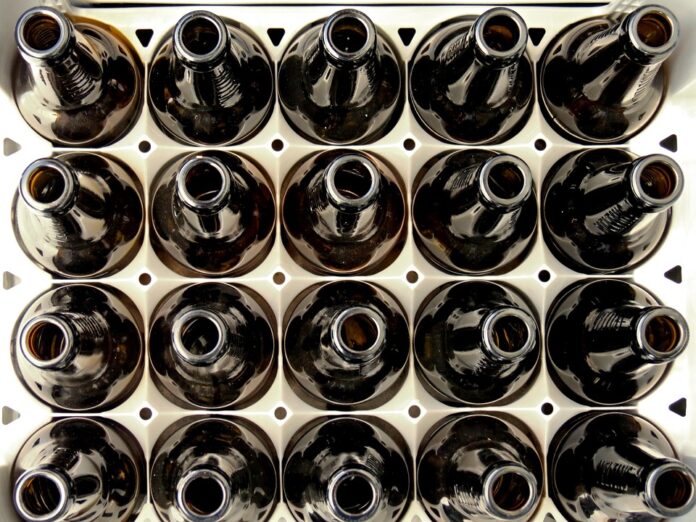Spirits Packaging Shifts Towards Sustainability Without Compromising Aesthetics
Introduction
The spirits industry has been making significant strides towards sustainability in recent years, with a focus on reducing environmental impact and meeting consumer demands for eco-friendly packaging. One of the key challenges faced by spirits brands is how to adopt sustainable packaging solutions without compromising the luxurious and premium aesthetics that are often associated with their products. In this report, we will explore how the industry is shifting towards sustainable packaging options while maintaining the high-quality look and feel that consumers expect.
Current State of Spirits Packaging
The spirits industry has traditionally relied on glass bottles for packaging, which are not only heavy and energy-intensive to produce but also have a significant carbon footprint due to transportation costs. In recent years, there has been a growing awareness of the environmental impact of packaging materials, leading many spirits brands to explore alternative options that are more sustainable.
Shift Towards Sustainability
Spirits brands are increasingly turning to eco-friendly materials such as recycled glass, aluminum, and even biodegradable plastics for their packaging. These materials not only have a lower environmental impact but also appeal to consumers who are becoming more conscious of their purchasing decisions. By using recycled materials, brands can reduce their carbon footprint and contribute to a circular economy.
Aesthetics and Brand Image
One of the main concerns for spirits brands when transitioning to sustainable packaging is maintaining the luxurious and premium look that is synonymous with their products. Many brands have been able to achieve this by investing in innovative design and branding strategies that highlight the eco-friendly nature of their packaging. By communicating their commitment to sustainability, brands can enhance their brand image and appeal to a growing segment of environmentally conscious consumers.
Financial Implications
While there may be initial costs associated with transitioning to sustainable packaging, many spirits brands have found that the long-term benefits outweigh the investment. Consumers are increasingly willing to pay a premium for products that are environmentally friendly, and brands that align with this trend can potentially increase their market share and profitability. In addition, sustainable packaging can help reduce production costs and improve supply chain efficiency, leading to cost savings in the long run.
Industry Insights
Several spirits brands have already made significant progress in adopting sustainable packaging solutions. For example, Diageo, one of the world’s largest spirits companies, has committed to using 100% recycled plastic in its bottles by 2030. Other brands, such as Absolut Vodka and Patrón Tequila, have also launched initiatives to reduce their environmental impact through sustainable packaging and production practices. These industry leaders are setting a precedent for other brands to follow suit and prioritize sustainability in their packaging strategies.
Conclusion
In conclusion, the spirits industry is undergoing a significant shift towards sustainability in packaging, driven by consumer demand and a growing awareness of environmental issues. Brands that prioritize sustainability and invest in innovative packaging solutions stand to benefit not only from a positive brand image but also from increased market share and profitability. By striking a balance between sustainability and aesthetics, spirits brands can meet the evolving needs of consumers while contributing to a more sustainable future for the industry.




